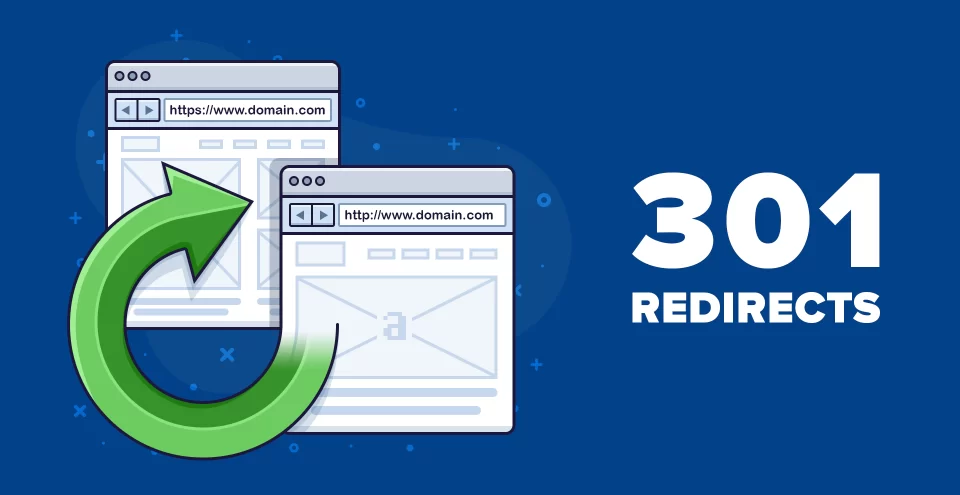Redirects are good for website links, but, which redirect is the best choice has always remained a point of debate. When choices are more in number, the selection process often triggers disagreements.
But, if considered patiently, you can find simple answers to this often talked about dilemma concerning 307 Vs. 301 redirect. Before finding the answer, it is important to know what these two types of redirects offer and how they are different.
The 307 Redirect – A Temporary Solution
Of many redirect alternatives, 307 remains an HTTP redirect which even Goggle recommends. It is a temporary redirect much like the older version, 302.
However, 302 and 307 redirects are operationally different as the advanced HTTP code status allows the old URL to be more definite and clear than 302 redirects.
In simple words, when 307 redirects take the visitors to another link, the browser receives a hint that this was a temporary switch and the original URL might be back in action after a while. So, Google does not index it on the basis of the first redirection.
Instead, it keeps checking the last redirection to index the website more effectively. Due to this feature, the 307 redirect has replaced the 302 redirect effectively.
The 301 Redirect – A Permanent Solution
Apart from temporary redirects, there also are permanent redirects. The 301 redirect is one such example. Therefore, the SEO ranking power moves to the new URL from the original one.
In this case, the browser receives a straight hint that the older URL is no longer in use and will never be back. Instead, a new link has taken its place and will remain active in the future.
This is why Google carries out its indexing work based on the freshly constructed URL. If the redirection has errors, customers will eventually come across a 404 error page which is potentially perilous for any business.
Now that it is clear that the 301 and 307 redirects are completely two different mechanisms, the efficacy of each becomes clearer.
In fact, both are useful if you know the purpose of the URL redirection. Ask yourself the following two questions and you will know the answer to this much-debated conundrum.
- Do you want to shift the URL for a few days or weeks while you repair or update the old one?
- Do you wish to remove the existing URL and create a new one for your expanded and upgraded business page?
The answer to these questions is the key to the puzzle. If you want a temporary redirection to improve your old URL, you need a 307 redirection that will not create indexing confusion.
On the other hand, if you wish to delete the old URL, not to revive it in the future, the 301 redirect is the best choice.
In a nutshell, the debate should not continue on the choice of the redirects, but, on the purpose of the redirection. Yandovskiy SEO is a reputed company that provides excellent SEO services including redirection solutions.
Consult your requirements with ten professionals to know which redirection option would be the best for your business.

